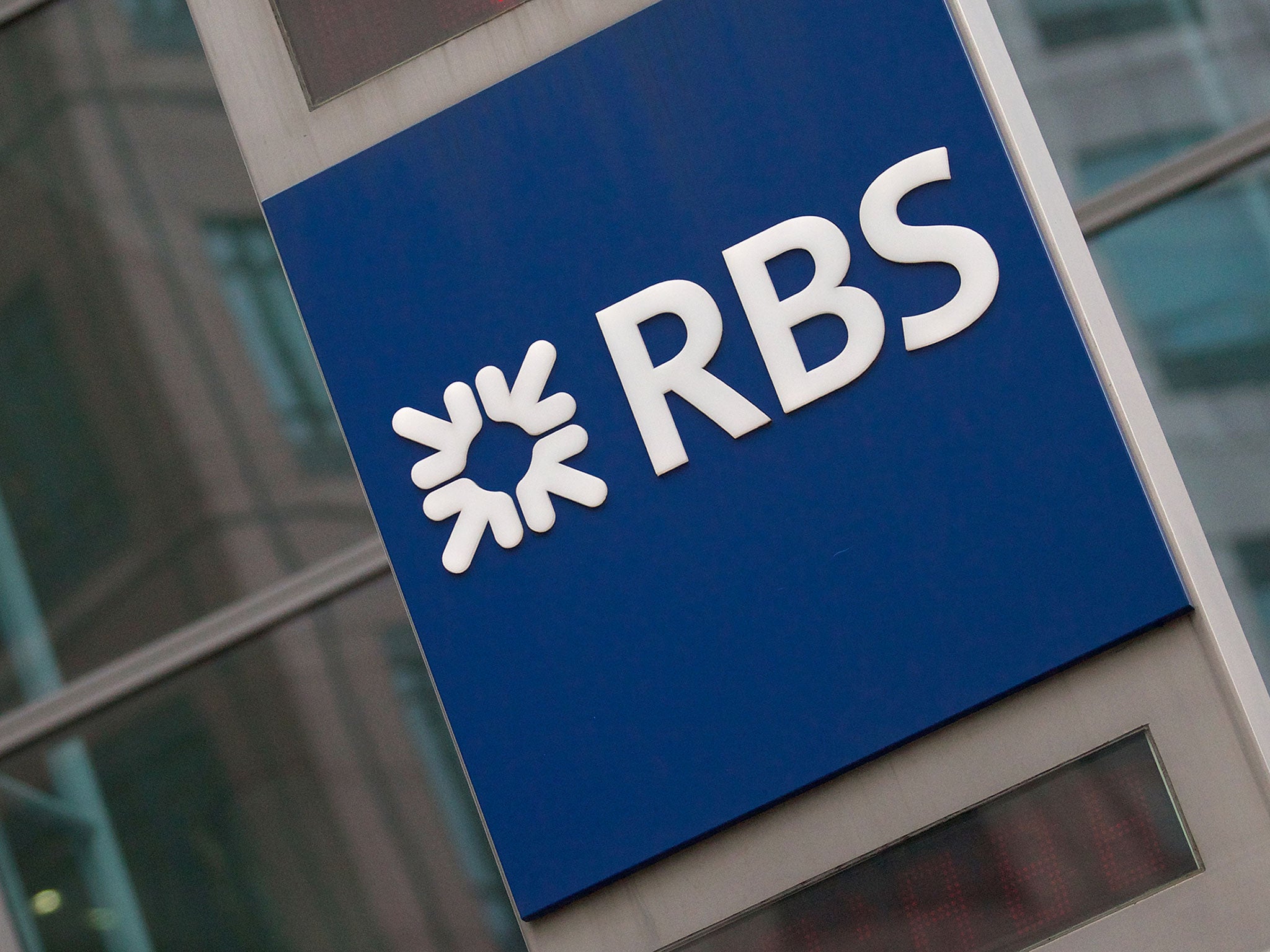RBS systematically destroyed its customers’ businesses for profit, leaked files show
New documents show bank gave bonuses to staff who could identify firms to be ‘restructured’.

RBS crushed thousands of businesses during the financial crisis to increase its own profits, leaked documents show.
Internal emails handed to BuzzFeed News and the BBC show the bank implemented a plan to squeeze customers facing financial difficulty and gave bonuses to staff for identifying struggling firms.
RBS then bought assets at rock-bottom prices once companies hit difficulties, often selling them at a profit. It also hit them with large fees, driving many into the ground and boosting its own bottom line, the documents confirm.
Many of the owners affected say they suffered mental and physical health problems as a result of their treatment. Andrew Tyrie, Chairman of the Treasury Committee labelled the documents "shocking", and demanded the Financial Conduct Authority publish all information it has as quickly as possible, so that firms affected can be paid compensation. Many businesses "who deserved better", have been at the wrong end of RBS' conduct, Tyrie said.
RBS customers have for years accused the taxpayer-owned bank of changing borrowing limits based on unrealistically low valuations of their businesses. As a result, they breached lending thresholds, at which point RBS forced them into the hands of its notorious Global Restructuring Division.
GRG applied higher interest rates, pressured customers to sell assets to repay loans, took equity stakes in businesses and pushed them into administration.
The cache of documents appears to support allegations made by Government business advisor Lawrence Tomlinson in 2013 that RBS deliberately destroyed viable businesses, using their financial distress to snap up assets cheaply.
Around 16,000 businesses were reportedly put into GRG after the financial crisis, with loans issued by the unit increasing 500 per cent to £65bn between 2007 and 2012. This allowed GRG to rack up £1.2bn in profits in 2011.
In a statement, the bank said: “RBS has been very clear that GRG’s role was to protect the bank’s position ... In the aftermath of the financial crisis we did not always meet our own high standards and we let some of our SME customers down.
“Since that time, RBS has become a different bank and significant structural and cultural changes have been put in place, including how we deal with customers in financial distress.”
RBS said it had not "seen any evidence that companies were targeted inappropriately for transfer to GRG".
Laith Khalaf, a senior analyst with Hargreaves Lansdown said the evidence against RBS was now “pretty damning”, but warned taxpayers would, “end up carrying most of the can for any misconduct costs, as the Exchequer still owns around three quarters of the bank”.
“These latest revelations suggest the financial crisis may not have brought an end to bad behaviour at the bank however, which looks to have continued while under Government ownership,” Khalaf said.
“The financial watchdog will give its verdict on the allegations facing RBS in due course, which could lead to yet another fine, and the prospect of a fresh wave of litigation. It’s a sad fact that despite the spectre of the PPI scandal beginning to fade away, conduct costs remain a material threat to the Royal Bank of Scotland.”
Join our commenting forum
Join thought-provoking conversations, follow other Independent readers and see their replies
Comments